Yoga teaches people of all ages how to connect physically and emotionally through enjoyable movement and breathwork techniques. By learning to control our emotions, it helps us deal with the overwhelming sentiments that are building up inside.
Discover the power of yoga for emotional control and release in this comprehensive blog, perfect for students or youngsters who are having difficulty understanding or managing their emotions. Additionally, I will provide you with seven fun positions that will assist your children in effortlessly navigating difficult emotions and fundamental mood swings.
Kids Yoga for Emotional Balance & Control: 7 Easy Poses
When was the first time you experienced overwhelming anger, terrifying despair, or exhilarating joy? Kids Yoga for Emotions can help children cope with intense feelings before they explode by providing a safe environment to explore and the tools to identify and name their emotions.
If you’re looking for a simple yoga sequence that will help your children achieve emotional balance and release, try practicing it every day. To keep children interested, sprinkle in some whimsical fairy tales, and make sure they have a secure place to move and be present while they express themselves completely.
Also Read: How to Deepen Your Focus with Drishti?
Warrior Pose for Kids to Help Them Maintain Emotional Balance
The Warrior Pose, modeled after the heroic actions of a courageous hero, encourages children to unleash their inner power, boost their self-esteem, and confront obstacles head-on. That they can conquer any challenge that comes their way is a great belief to inculcate. Lower body strength, balance, and stamina can all be improved with daily warrior pose practice.
Cobra Pose: A Yoga Asana for Emotional Relief
By assuming the Cobra Pose, we are not merely imitating a snake but rather committing to a mindset of power and fortitude. The focus is on improving our physical and mental well-being. We stand tall and ready to face whatever challenges come our way.
Children practice remaining calm and aware of any negative emotions that may surface in this yoga asana for emotions. As part of the release process, they release any pent-up emotions, including grief.
Practice Lion Pose for Managing Emotions
Lion Pose is a dance move where children imitate a roaring lion by opening their lips wide and sticking out their tongues. With each powerful roar, they can release all the pent-up aggression and stress from their bodies as they strike this stance. Feelings of negativity and anxiety can be replaced with feelings of optimism and peace when people express and then let go of their emotions. The lesson here is that children should feel safe enough to share their true emotions without worrying that others will judge them.
Emotional regulation using the Baby Pose
Relaxing in Happy Baby Pose is a great way to calm a racing heart and, most importantly, have fun. If your child is looking for a way to relax emotionally while practicing yoga, this deep stretch is a great option.
Get your children or students to laugh and giggle as they sway softly from side to side. In addition to relieving stress and improving mood, this pose incorporates physical relaxation with the joy of laughter, which will have our children in fits of laughter.
Cloud pose to boost emotional quotient
As they strike the “Cloud Pose,” children feel a weightlessness that allows their creativity to flourish. Like a massive cloud floating across the sky, kids will spread their arms widest in this asana.
In addition to igniting their curiosity and creativity, emotional yoga teaches our little ones to calm down, take a deep breath, and tune in to themselves and their thoughts as they enter and exit their conscious minds.
Turtle Pose for Empathy
A simple yoga posture for children’s mental well-being and stability: turtle pose
The extraordinary longevity and leisurely pace of these species are well-known. This yoga stance symbolizes their special capacity to hunker down and protect themselves from the outside world.
We seek solace and understanding by turning within, just like a turtle does when threatened. This teaches children an important lesson: It’s okay to stop and consider how our actions might affect other people. They can learn empathy and compassion here and start to comprehend and care about other people.
Shavasana For Relaxing
Savasana is all about pausing and finding calm within, in contrast to other children’s yoga positions that include rapid movement. Children can find the peace of mind that is so often lacking in their hectic lives when they lay down with their arms resting by their sides, close their eyes, and quiet their minds.
Also Read: How to Register on Yoga Alliance?
Conclusion
One of the most important lessons a person can learn is how to control their emotions. This skill is essential for developing positive connections with others and with oneself. Yoga has emerged as a powerful tool for managing erratic mood swings and developing adaptive coping skills through activating the parasympathetic nervous system and releasing mental blocks to self-discovery, healing, and relaxation.
Our children can find strength and resilience in this yoga for emotions routine, which will help them face life’s storms, cope with intense feelings, and persevere through tough times.
Although yoga is often associated with its physical benefits, its actual impact extends well beyond that. Even though yoga can help with balance, digestive health, and hypertension, the mind is where you’ll feel the most change after practicing for a while.


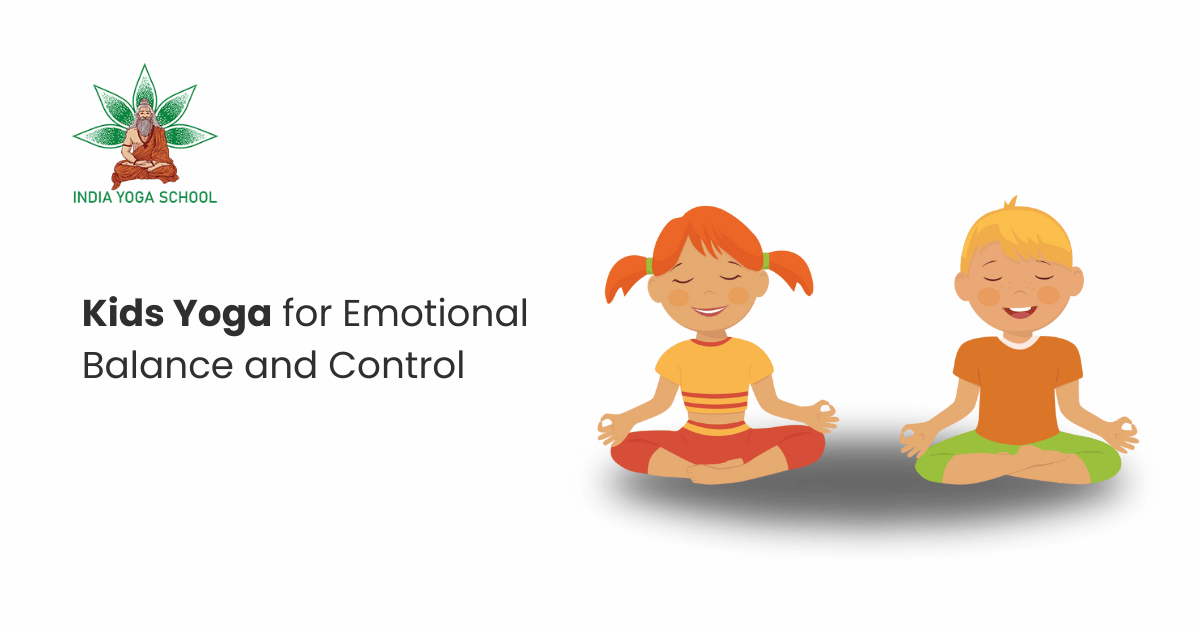
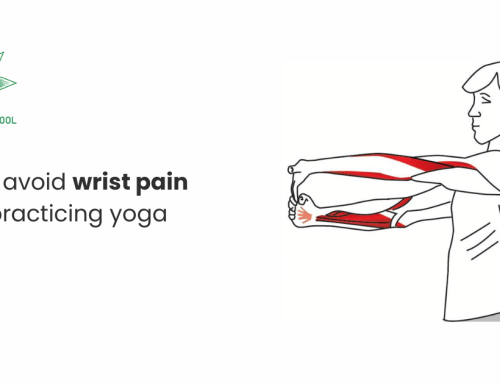
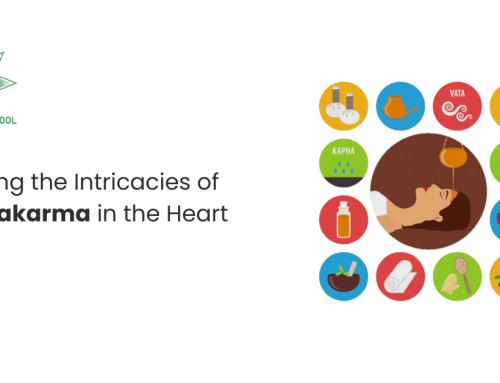
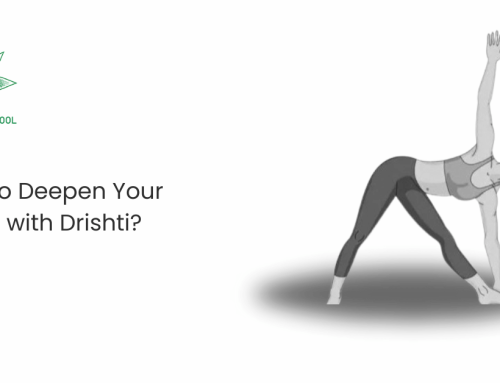
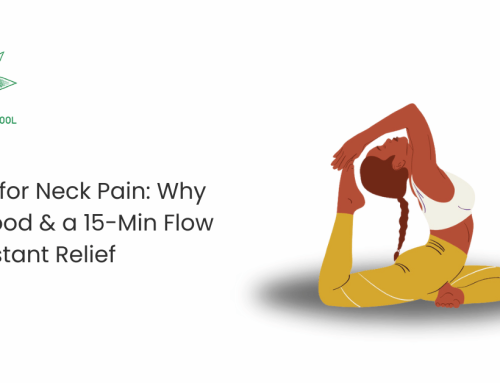
Leave A Comment